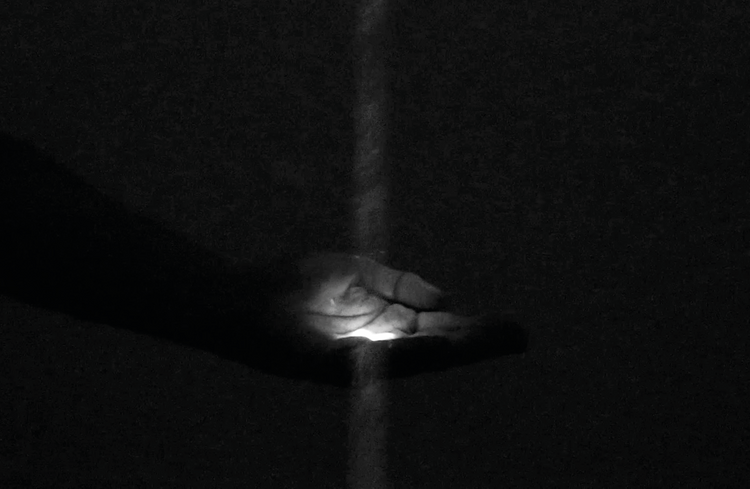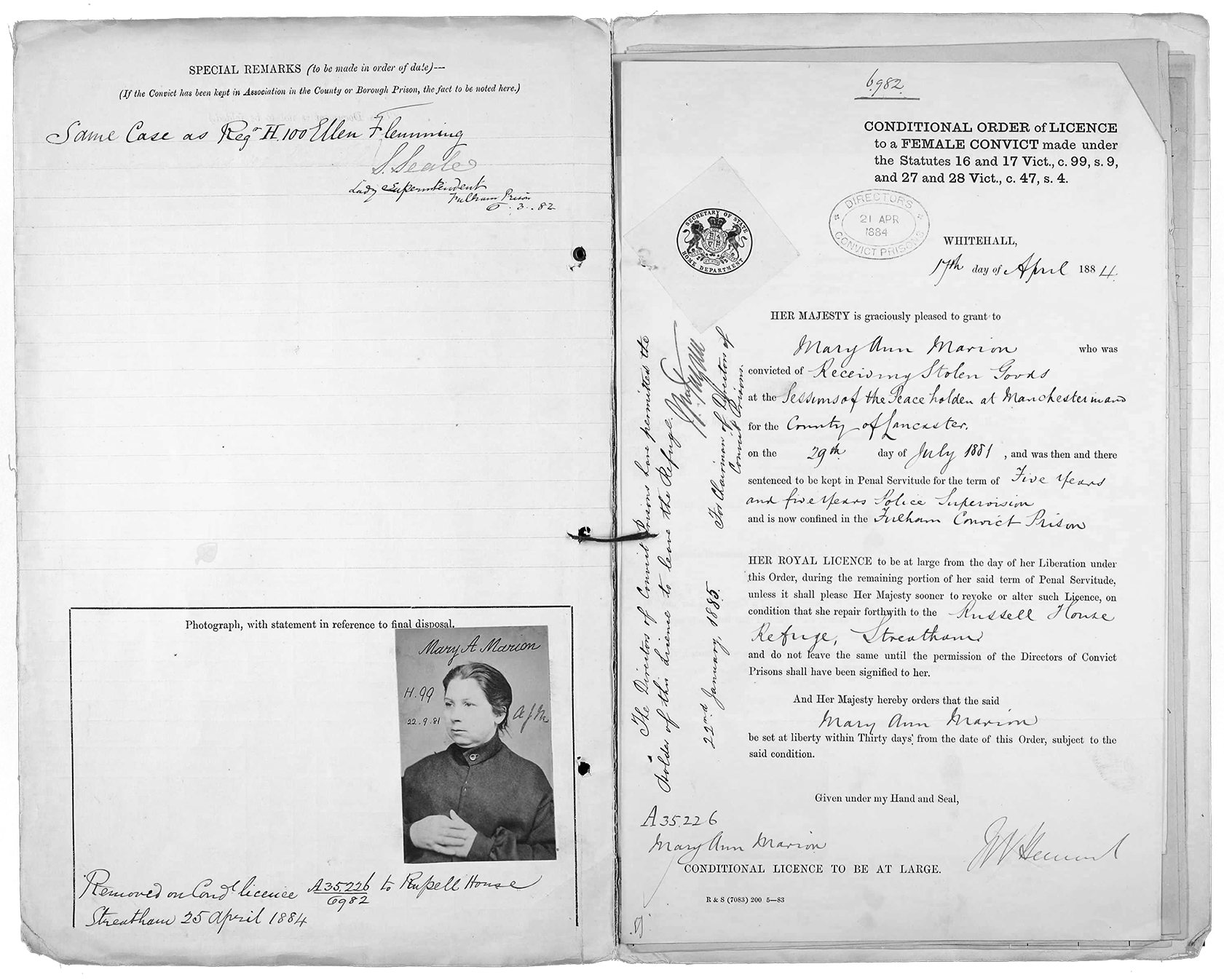Opus Criminale
An interactive time capsule that uses sound, light and mist to amplify forgotten voices in the Victoria and Albert Museum.

Through discussion with a museum historian, we discovered that the mosaic floors that run throughout the Victoria and Albert museum were actually created by female convicts at Woking prison in the mid 19th century. However, their story is still yet to be told anywhere in the museum. The specific details of the prisoners’ lives are lost, but using archived prison records we wrote fragments of historical fiction, reimagining the tile as a listening device.
In the installation, a beam of powerful white light illuminates a single mosaic tile. When the light is broken with a hand, the visitor hears a prisoner’s story emanating directly from the tile (using piezoelectric ultrasonic transducers to create a reflected beam of sound). Different tiles represent different stories. Each acts as an abstract time capsule of the ‘Opus Criminale’ women.
'One of the most interesting examples of sonification that I have come across' – Eric De Visscher, V&A Research Institute
MIT Press Journal Learning from “The Sounding Object”: Sound Design in the Critical Reimagining of Museum Object Narratives
![A scan of an old faded prison record for a female prisoner]()
Prison record
